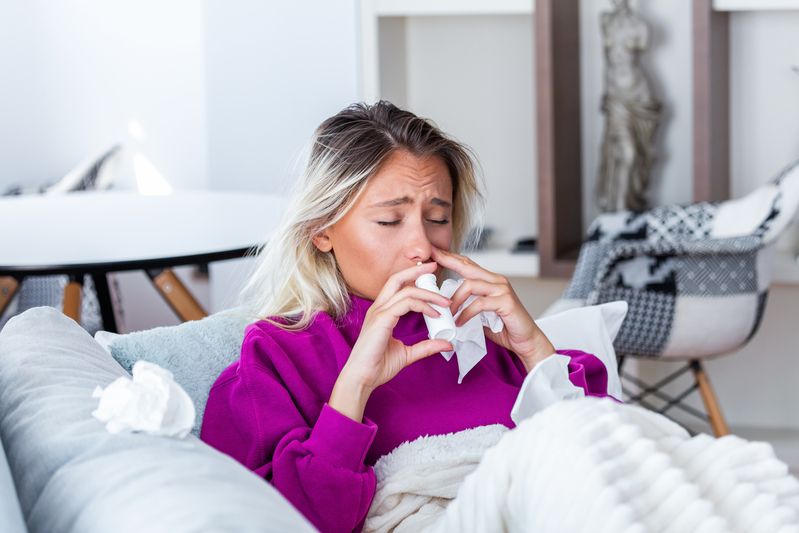The linings of your nose, throat, stomach, and gastrointestinal tract make around a liter of mucus daily. It might not be beautiful, but this viscous colloid serves some essential functions: moistening inhaled air to prevent organs from drying out and filtering out inhaled particles and microorganisms, including dust and other allergens, smoke, viruses, and bacteria. But if you are constantly swallowing back mucus from the nose, and phlegm gets stuck in your throat, you’re probably suffering from post-nasal drip. A combination of Chinese herbal medicine and acupuncture for a post-nasal drip can have a powerful effect on opening the sinuses and reducing congestion. In addition, acupuncture and acupressure may reduce inflammation in the sinus cavities and promote the movement of fluids inside the body, and herbs with anti-bacterial or anti-viral properties may help to treat sinus congestion caused by infection.
What Causes Post-nasal Drip?
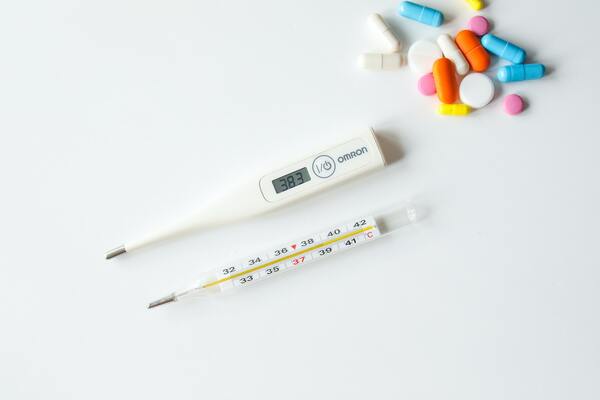
Post-nasal drip is usually triggered by an excess build-up of mucus in the nose and throat. The mucus may be the result of a viral infection, such as a cold or flu, or allergy. A sinus infection, such as sinusitis (inflammation of the sinuses), can also lead to an uncomfortable post-nasal drip. Some foods, especially spicy foods, can trigger the flow of mucus, as can certain medications, including those prescribed for birth control or high blood pressure. When faced with cold temperatures or very dry air, the body will naturally produce more mucus, and smoke or pollutants can also have a negative effect. In children, the problem sometimes arises when some small object becomes lodged in the nose or throat. If the body is having difficulty clearing away the mucus, or if you are having trouble swallowing, this can cause a build-up of fluids in the throat that feels very much like a post-nasal drip. Such issues may develop with age, during pregnancy, or due to conditions such as Gastroesophageal Reflux Disease (GERD). In Western medicine, post-nasal drip symptoms are generally ascribed to a viral or bacterial infection or an allergic reaction to another antigen, such as pollen. For Chinese medicine practitioners, however, chronic rhinitis results from wind-cold or wind-heat obstructing the flow of qi through the lungs. Respiratory problems, including sinus congestion, are treated using acupoints on the lung meridians. Acupuncture for post-nasal drip may also employ acupoints on the spleen or stomach meridians to improve gastrointestinal function and decrease phlegm production.
Can Acupuncture Help Post-nasal Drip?
Research indicates that acupuncture for chronic post-nasal drip is both safe and highly effective. In one clinical trial, 85 patients with chronic rhinitis (nasal congestion usually accompanied by post-nasal drip) received two courses of acupuncture treatments. Each course consisted of fifteen sessions at the rate of one treatment per day. The study reported an effective treatment rate of 96.5%, with 61 patients obtaining complete recovery, 21 showing a marked improvement, and only 3 reporting no effect. A two-year follow-up confirmed the long-lasting effects of acupuncture for post-nasal drip. Acupuncture has a proven effect on clearing congestion from the lungs. In one randomized controlled trial, ninety patients with acute exacerbation chronic obstructive pulmonary disease were randomly assigned to either a western medicine group, a warm acupuncture group, or a sham acupuncture group. Using acupuncture points for post-nasal drip, including ST-40, the study showed a significant improvement in the warm acupuncture group. There was no significant difference between those treated with sham acupuncture or with western medicine. Other clinical studies have shown the effectiveness of acupuncture in relieving nasal congestion. An experimental study investigated whether the effects of acupuncture treatment could be measured as an increase in nasal airflow (NAF), following the “wind” disease theory of alternative medicine. Twenty-four patients with a history of nasal congestion were asked to score the severity of their condition on a Visual Analog Scale (VAS). At the same time, NAS was measured using active anterior rhinomanometry. Those patients treated with specific acupoints showed highly significant improvements in VAS and NAF.
What Are The Best Pressure Points To Relieve Post-nasal Drip?
Acupoint: EM-7 (Other Names: Bi Tong)
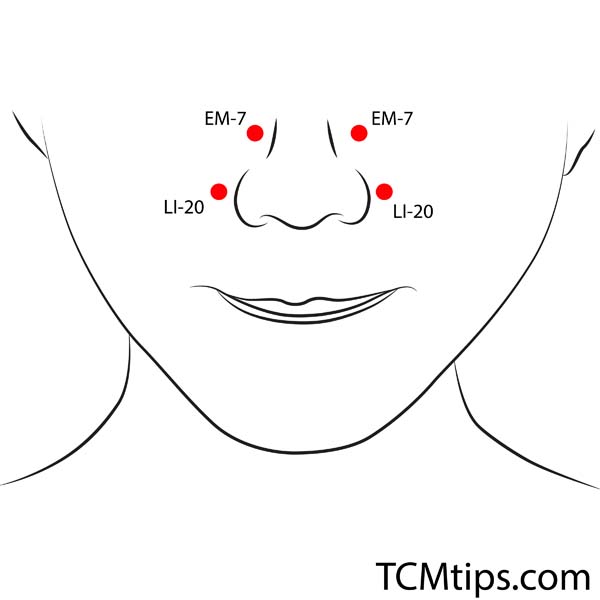 EM-7 is an effective acupuncture point for various nasal symptoms, including runny nose, sneezing, and congestion. The Bi Tong, as it is known in Chinese, is one of the primary acupoints used in acupressure for sinus inflammation. Stimulate EM-7 for fast and effective relief from post-nasal drip. This acupoint is located at the top of the nasolabial groove on both sides of the nose. To activate Bi Tong, apply gentle pressure on the acupoint with your index fingers.
EM-7 is an effective acupuncture point for various nasal symptoms, including runny nose, sneezing, and congestion. The Bi Tong, as it is known in Chinese, is one of the primary acupoints used in acupressure for sinus inflammation. Stimulate EM-7 for fast and effective relief from post-nasal drip. This acupoint is located at the top of the nasolabial groove on both sides of the nose. To activate Bi Tong, apply gentle pressure on the acupoint with your index fingers.
Acupoint: LI-11 (Other Names: Large Intestine-11/Qu Chi/Pool at the Crook)
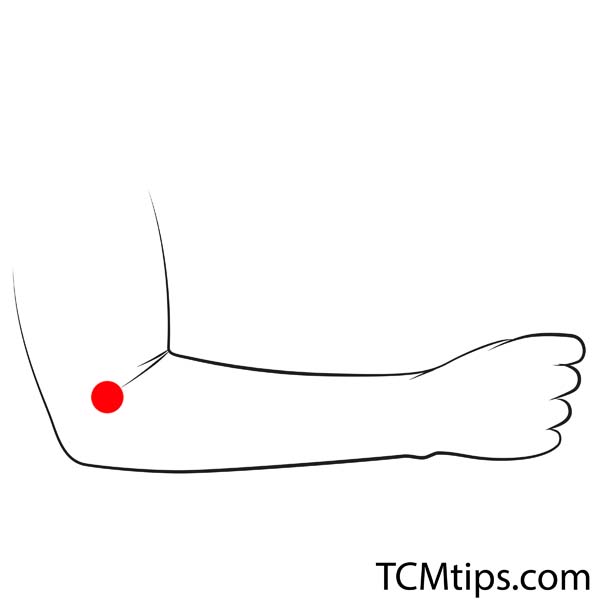
To locate LI-11, first, flex your arm. The acupoint is found on the lateral end of the transverse cubital crease.
You can activate the Qu Chi by pinching this point between the thumb and the fingers and squeezing the muscle. Keep the wrist relaxed during this movement and repeat multiple times on both the left and right arms.
Acupoint: LI-4 (Other Names: Large Intestine-4/He Gu/Joining Valley)
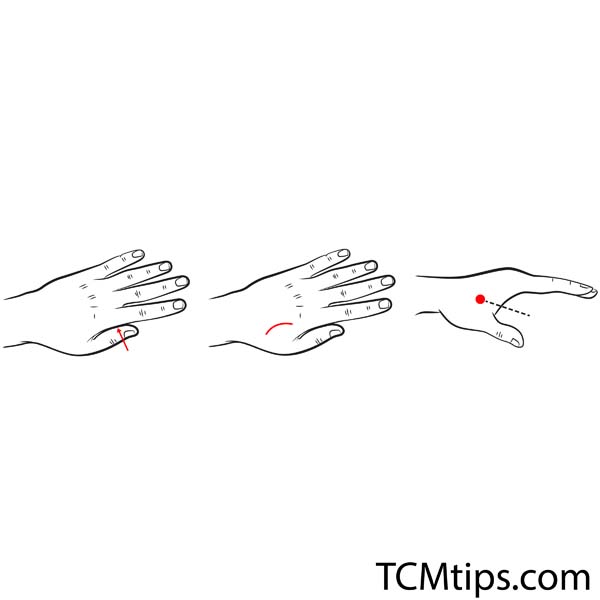
Acupoint: ST-40 (Other Names: Stomach-40/Feng Long/Abundant Bulge)
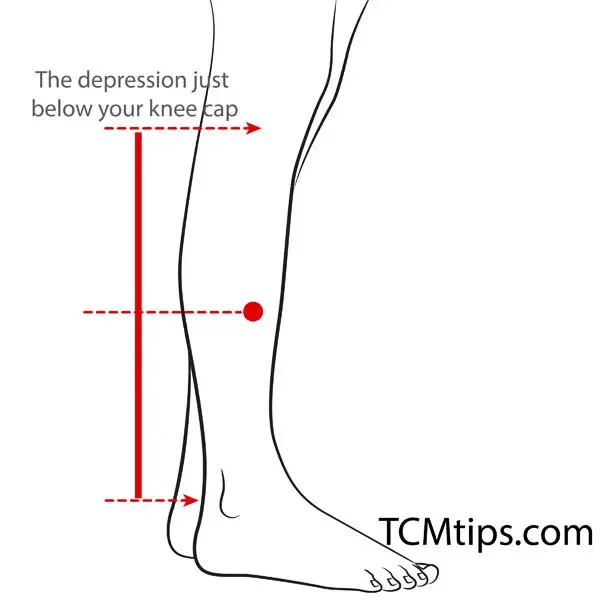
Acupoint: GB-20 (Other Names: Gallbladder-20/Feng Chi/Wind Pool)
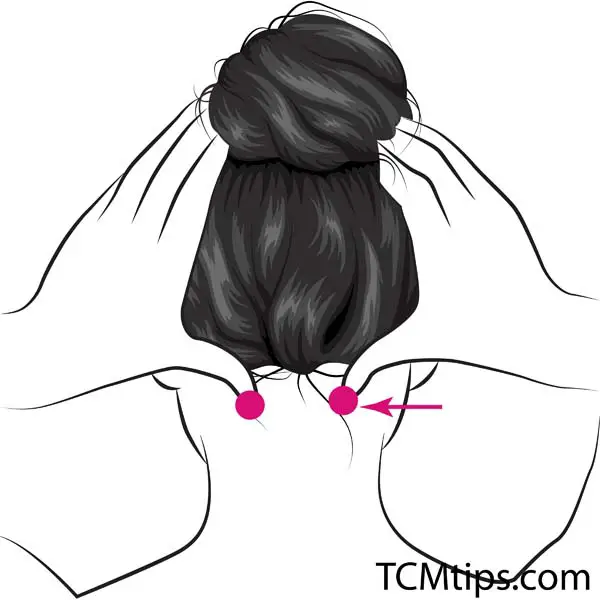 In Traditional Chinese Medicine (TCM), conditions such as headaches and colds are related to wind pathogens. Activating GB-20, known as the Feng Chi (“Wind Pool”), helps to alleviate symptoms that result from an excess of wind in the body, including colds and fever. This makes GB-20 an essential acupoint in acupuncture for post-nasal drip. GB-20 was one of the acupoints included in the acupuncture protocol during this successful study investigating acupuncture treatments for chronic rhinitis. Located behind the ears, this acupoint is also commonly employed in acupuncture for hair thinning. To find it, look for the depressions lateral to the thick tendons on the back of the neck. To activate GB-20, apply firm pressure using the pad of each thumb for up to a minute at a time, breathing slowly and deeply.
In Traditional Chinese Medicine (TCM), conditions such as headaches and colds are related to wind pathogens. Activating GB-20, known as the Feng Chi (“Wind Pool”), helps to alleviate symptoms that result from an excess of wind in the body, including colds and fever. This makes GB-20 an essential acupoint in acupuncture for post-nasal drip. GB-20 was one of the acupoints included in the acupuncture protocol during this successful study investigating acupuncture treatments for chronic rhinitis. Located behind the ears, this acupoint is also commonly employed in acupuncture for hair thinning. To find it, look for the depressions lateral to the thick tendons on the back of the neck. To activate GB-20, apply firm pressure using the pad of each thumb for up to a minute at a time, breathing slowly and deeply.
Acupoint: EM-3 (Other Names: Yu Yao)
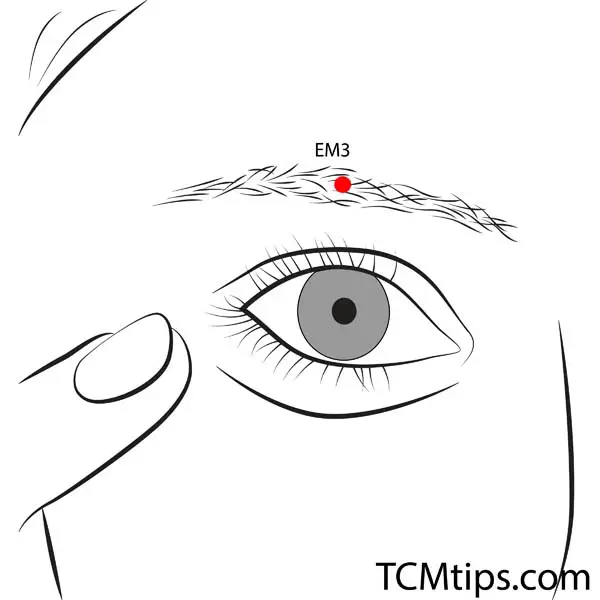
Conclusion
- EM-7 is an effective acupuncture point for various nasal symptoms, including runny nose, sneezing, and congestion.
- LI-11 helps to regulate gastrointestinal function and decreases the production of phlegm and mucus.
- LI-4 is used to treat symptoms of the eyes, nose, and thyroid.
- ST-40 is the ultimate discharger of mucus, clearing phlegm from the nose and throat and easing cough and cold symptoms.
- Activating GB-20 helps alleviate symptoms resulting from an excess of wind in the body, including colds and fever.
- Warming EM-3 before acupressure massage may relieve severe post-nasal drip symptoms.

Try our Anti-Aging Gua Sha Tool designed to bring out your skin’s natural glow.
Best Gua Sha Product- Anti-Aging: The tool is designed to target 11 specific aging signs such as wrinkles and sagging skin. By following the 7-step routine, users can improve skin firmness and reduce fine lines naturally.
- Enhances Skincare Routine: It works effectively with serums and lotions, boosting absorption and efficacy of skincare products.
- Visible Skin Improvement: Users can expect a smoother complexion, reduced puffiness, and a more youthful appearance.
 P. Sze
P. Sze 